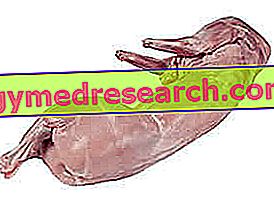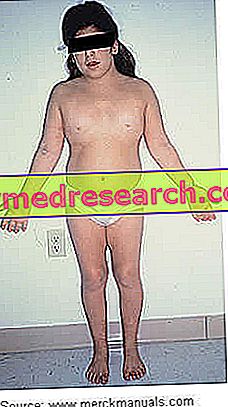Related articles: Ingummo Mammario
Definition
A breast engorgement is a problem that typically occurs during the first stages of lactation, ie in the days following the birth; however, it can occur throughout the entire breastfeeding period.
The blockage occurs when the breast passes from the synthesis of the colostrum to that of the mature milk (stage of the milky whipping).
Breast engorgement is caused by an increase in size and pressure in the mammary gland, which is committed to calibrating the synthesis of breast milk to meet the needs of the newborn.
During lactation, it may happen that - if the breast is not adequately drained and with a certain frequency - one or more ducts develop a temporary obstruction, which prevents the milk from flowing normally. In this case, a part of the breast becomes sensitive to the touch and appears swollen, red and hard, with the skin taut and shiny; moreover, the mother experiences pain and the child can get attached to the breast with some difficulty.
If not treated properly, the breast engorgement reduces milk production and may predispose to an inflammatory process (mastitis).
The factors that can favor a breast engorgement are different and include the small size of the breast, the use of too-narrow bras that press on the galactophore ducts and hyperactivity (expression of a synthesis at a high speed or large quantities of milk ).
Breast engorgement can be minimized by early and frequent breastfeeding at the request of the child. To alleviate discomfort, the mother can resort to various preventive strategies, such as applying hot-moist compresses (taking care to avoid excessive heat) before feeding, squeeze the milk manually and gently massage the painful area.

Possible Causes * of Jamming Breast
- Pregnancy



